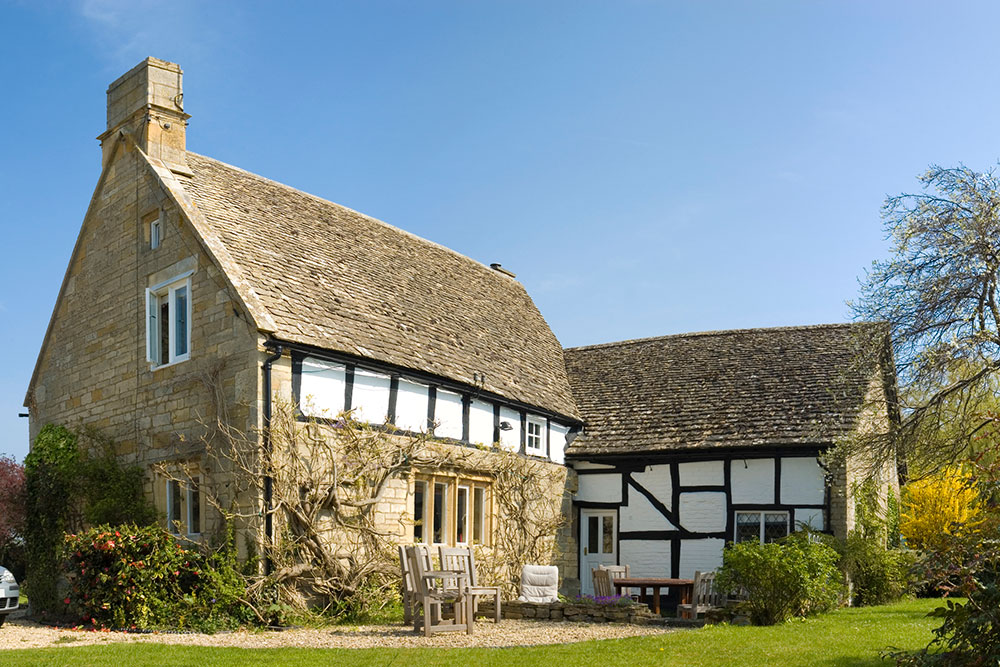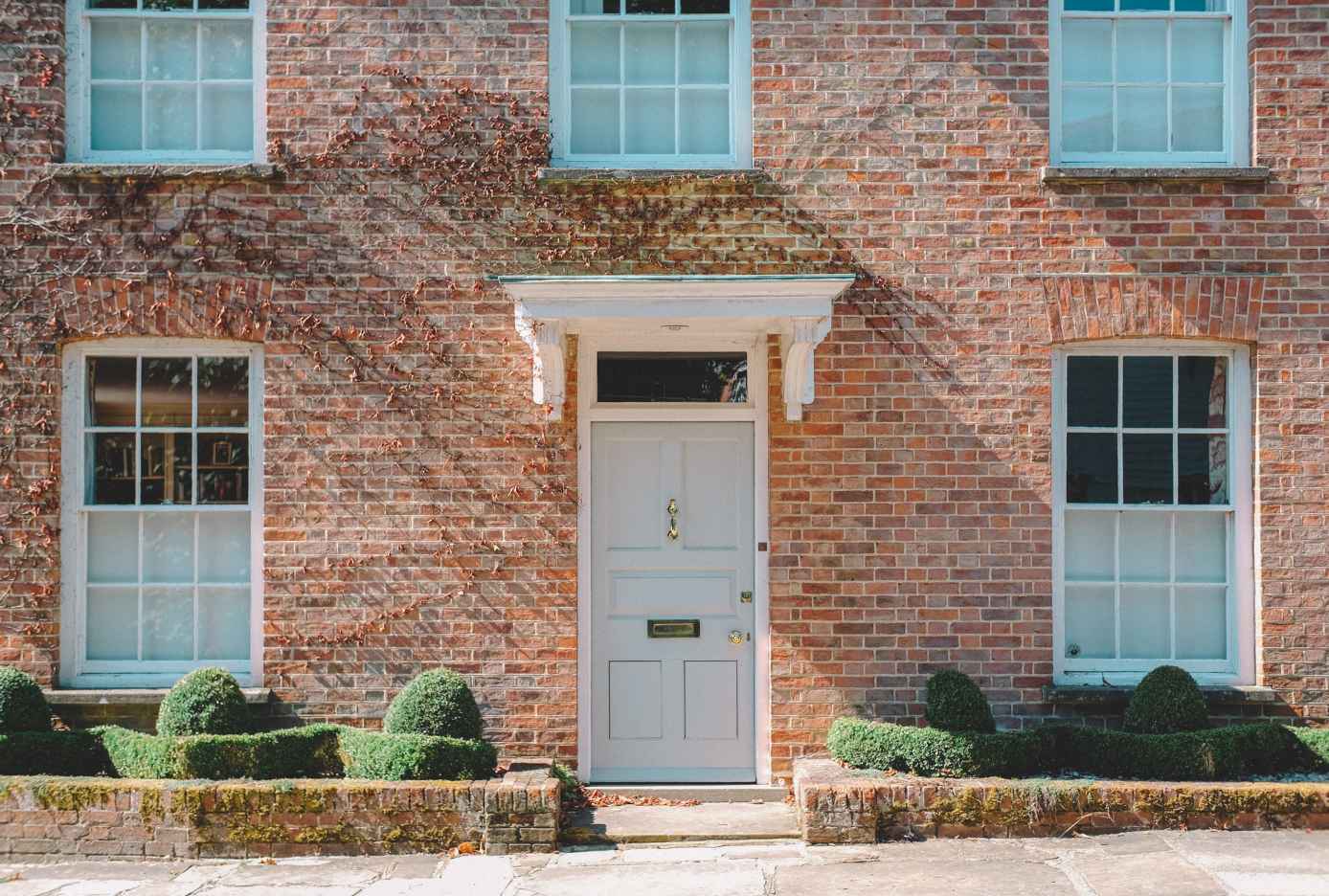Thank you again for your very thorough and helpful report. it will become the backbone of our efforts to maintain the house in the coming months and years, hopefully, if all goes well.
What is a building survey?
A Building Survey will investigate different property elements and create a report describing each aspect of the building. In addition, it will identify the property’s defects and the cause, urgency, any maintenance options and, based on your specific needs, an approximate cost of repairs.
We recommend Building Surveys for properties which are:
- Listed
- Built before 1800
- Unusually constructed such as being built in stone or with a steel frame or thatched roof
- Already significantly altered or renovated, or if you plan to do so in the future
If you’re preparing to buy a property with individual character or history, for example, it was built before 1800 or is a listed building, we would always recommend that you carry out a Building Survey Report as they are far more thorough than a regular Home Survey Level 2 Report (previously called a HomeBuyer Report).


